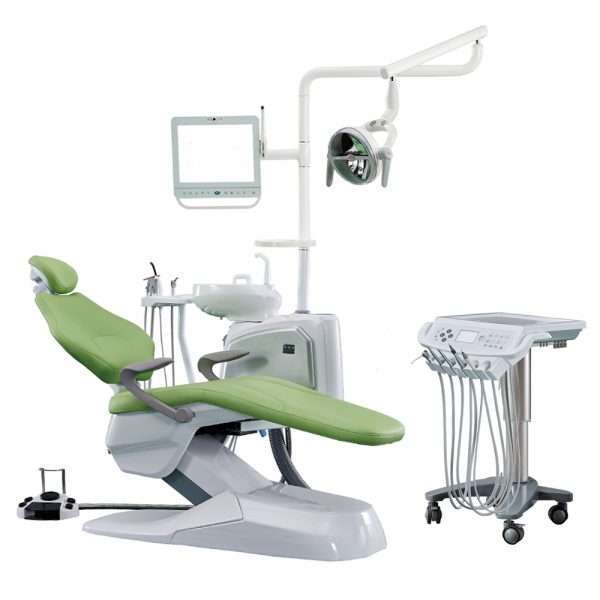
Introduction:
In the dynamic landscape of healthcare, the use of single-use or disposable medical equipment has become increasingly vital. This shift towards disposables offers numerous benefits, ranging from improved patient safety to enhanced infection control. This blog explores the importance and impact of single-use medical equipment in modern healthcare practices.
Understanding Single-Use Medical Equipment:
Single-use medical equipment refers to devices and tools designed to be used once and then discarded. This category includes items like syringes, gloves, face masks, and surgical drapes. These products are sterile and often come in pre-packaged, individual units.
Key Advantages of Single-Use Equipment:
- Infection Control: Perhaps the most significant benefit, single-use items greatly reduce the risk of cross-contamination and hospital-acquired infections.
- Sterility Assurance: Each item is individually packaged and sterilized, offering a high level of sterility that is crucial for patient safety.
- Convenience and Time Efficiency: Disposable items eliminate the need for cleaning and sterilization, saving valuable time and resources in busy healthcare settings.
- Cost-Effectiveness: While the initial cost may be higher, the reduction in sterilization processes and the prevention of infection-related costs can make disposables a more economical choice in the long run.
- Reduced Risk of Device-Related Infections: Single-use devices significantly lower the chances of infections associated with improperly sterilized reusable equipment.
Environmental Considerations:
While single-use medical equipment offers undeniable benefits, it also raises concerns about environmental impact. The healthcare industry is actively working on solutions such as improved recycling techniques and the development of biodegradable materials to address this issue.

Case Studies and Real-World Impact:
Numerous studies have demonstrated the effectiveness of single-use equipment in reducing infection rates in hospitals and clinics. For example, the switch to single-use surgical gowns and drapes has been linked to a noticeable decrease in surgical site infections.
The Future of Single-Use Medical Equipment:
The trend towards disposable medical equipment is likely to continue as the focus on patient safety and infection control intensifies. Innovations in materials science and sustainable practices are expected to enhance the benefits of single-use equipment while mitigating environmental concerns.
Conclusion:
The adoption of single-use medical equipment represents a significant step forward in patient care. By prioritizing safety, efficiency, and infection control, healthcare providers can offer better care while maintaining high standards of hygiene and cleanliness. As we progress, balancing these advantages with environmental stewardship will be crucial in shaping the future of healthcare practices.
Call to Action:
For healthcare providers, it’s essential to stay informed about the latest developments in medical equipment and consider the integration of single-use options in your practice. By doing so, you contribute not only to the safety and well-being of your patients but also to the overall efficiency and effectiveness of healthcare services.
For patients, understanding the role of single-use medical equipment in your care is crucial. Feel empowered to ask your healthcare providers about the equipment used during your treatments and the measures they take to ensure your safety.
Blog by Dr. Winnie Anoumedem
Marketing Director at SIMS Sarl





